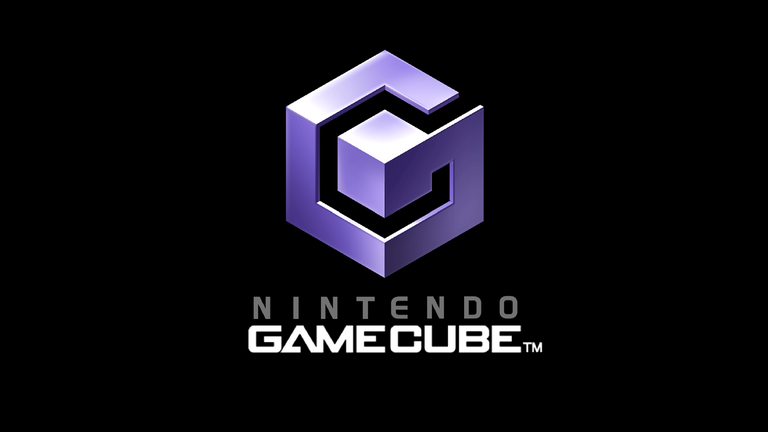
¡Good evening, Steemians! Tonight, we keep on studying all of those beautiful gaming consoles that rock our worlds, ¡consoles that gave us hours and hours of pure joy! This time we are discussing a very particular one. A console that, despite being somewhat weak if compared to its rivals, stole the hearts of loads of gamers worldwide: Tonight, ¡Nintendo GameCube is on the spotlight!
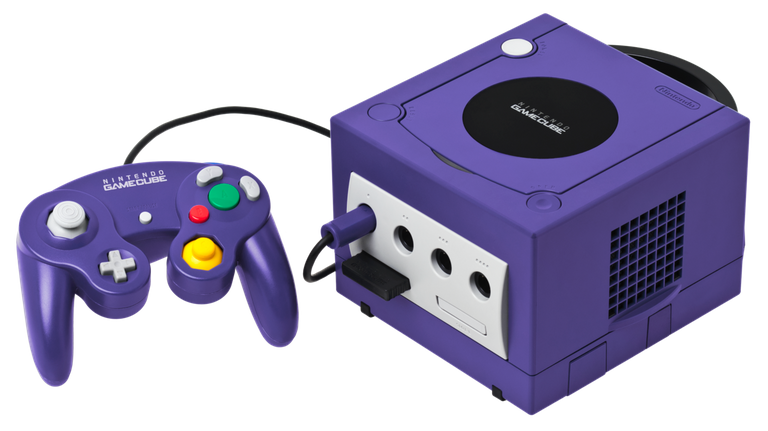

Nintendo GameCube is part of the sixth generation of home gaming consoles. This one was launched in September 14th, 2001 in Japan, and in November 18th of the same year in North America, selling worldwide about 21 millions 740 thousand units. It was discontinued in Japan in October 28th, 2007, while in North America it was discontinued almost two years later, in June 15th, 2009.
In 1999, Nintendo announced the awaited successor of the beloved Nintendo 64, initially called Project Dolphin. It featured for the first time an optical disc system called NOD (Nintendo Optical Disc). Nintendo was trying with this Project Dolphin to take back the leadership they painfully lost against a powerful newcomer, PlayStation. At a later time, the console changed its name to Star Cube, and Nintendo, like Microsoft did with XBOX, looked for support in other companies. In the case of Nintendo, they made an agreement with IBM to manufacture the console’s main processor, and another agreement with a company called ArtX to develop the graphic chipset. However, soon after that ATI acquire the rights; that’s why we can see in our GameCubes the ATI logo in the front panel.
Eventually Nintendo abandoned the Star Cube name, and opted for the known GameCube. The console, soon before launch, was delayed: Nintendo saw how their rivals included internet connectivity to their consoles, so they redesigned GameCube to have such connectivity as well.
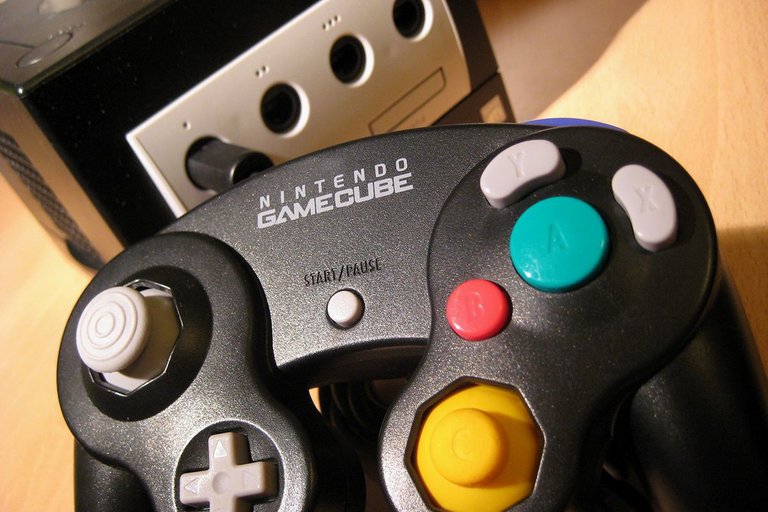

Nintendo GameCube has some features that makes it a strong console, specially its central processor. The exact specifications are as follows:
CPU: “Gekko” processor, similar to PowerPC processor made by IBM, running at 486 MHz and processing about 1,6 GB/S.
RAM memory: 43 MB total.
Graphic chipset: LSI “Flipper” system, 12,8 GB/S texture access bandwidth, 12 million polygons per second and 3MB frame buffer included.
Audio chipset: DSP 16 bit Special, designed by Macronix, with 64 ADCPM channels.
Disc unit: Reader unit made by Matsushita, reading NOD (Nintendo Optical Discs) discs using DVD technology with 1,5 GB capacity each, or 3 GB in the case of dual layer ones.
Modem/Connectivity:56 Kbps external modem, plugged in the high velocity port the console has underneath.
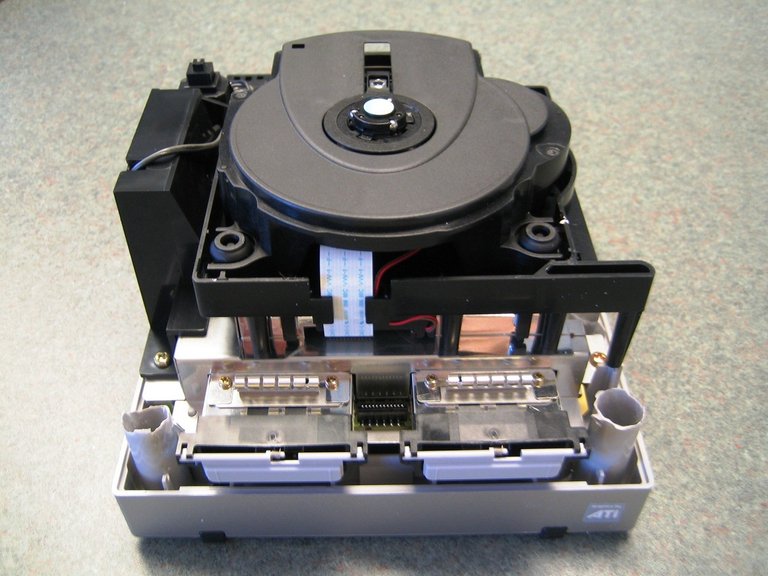

¡What happened to Nintendo exactly? After dominating without any doubt the videogaming market worldwide, somehow, it ended completely relegated. And to make things worse, ¡defeated by two newcomers to the market! Sony already delivered a heavy blow to Nintendo with their mega successful PlayStation, that completely owned Nintendo 64. ¡And now PlayStation was getting ready to destroy GameCube! On top of that, a real newcomer, Microsoft XBOX, ¡also defeated GameCube!
We could say that, as happened with Sega and their Saturn and Dreamcast models, Nintendo was its own enemy. Extremely wrong policies and decisions made that a console like GameCube, having actually the strongest processor of its generation, to lose easily the console wars. We could also say that GameCube is even weaker than Dreamcast itself, and that the Sega console get the fourth place in the console wars ONLY because Sega’s policies and marketing choices were even worse than Nintendo’s.
Nintendo made a series of mistakes almost unable to understand, taking in consideration their experience in the videogames market. Their main series, sellers of games and consoles, Mario and Zelda, were incomprehensibly delegated to another people (considering Shigeru Miyamoto, the real genius behind Mario and Zelda, as well as other important sagas from Nintendo didn´t supervise his games this time). The consequence was that the result, not being bad, was not as good as it supposed to be. Super Mario Sunshine and Zelda Wind Waker sold about half the amount its predecessors sold, Super Mario 64 and Zelda Ocarina of Time. The console also suffered from another problem: the games catalog at launch was poor, with no catching ability (weird enough, ¡no Mario games at launch!)
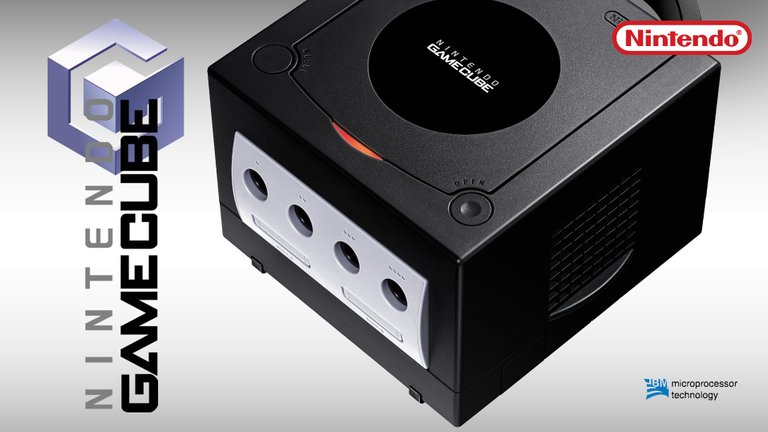

Nintendo GameCube is indeed a charming console: its cute design, its interesting accessories like WaveBird wireless controller, the awesome GameBoy Player that turns the console in a GameBoy/GameBoy Color/GameBoy Advance; its cool games like Resident Evil Zero, Final Fantasy Crystal Chronicles and Super Smash Bros. Melee, among others, certainly gave the GameCube an unique flavor. However, because of the odd tendency Nintendo has of doing things their own way, without considering elements as basic as market tendencies and introducing hardware innovations that have no real impact (let’s consider, for instance, the fate of their Wii U console) is not surprising that GameCube didn’t have the success it perhaps deserved.
¡Thanks a lot for reading me, Steemians! ¡See you around!
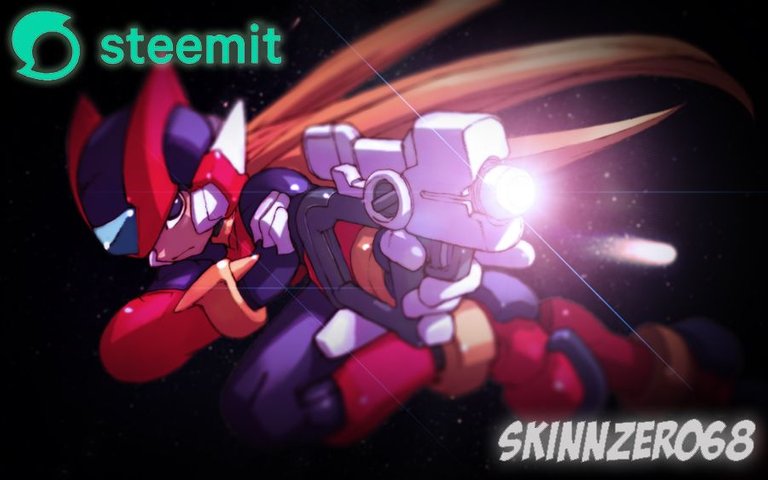
buen trabajo amigo
gracias bro!
@originalworks